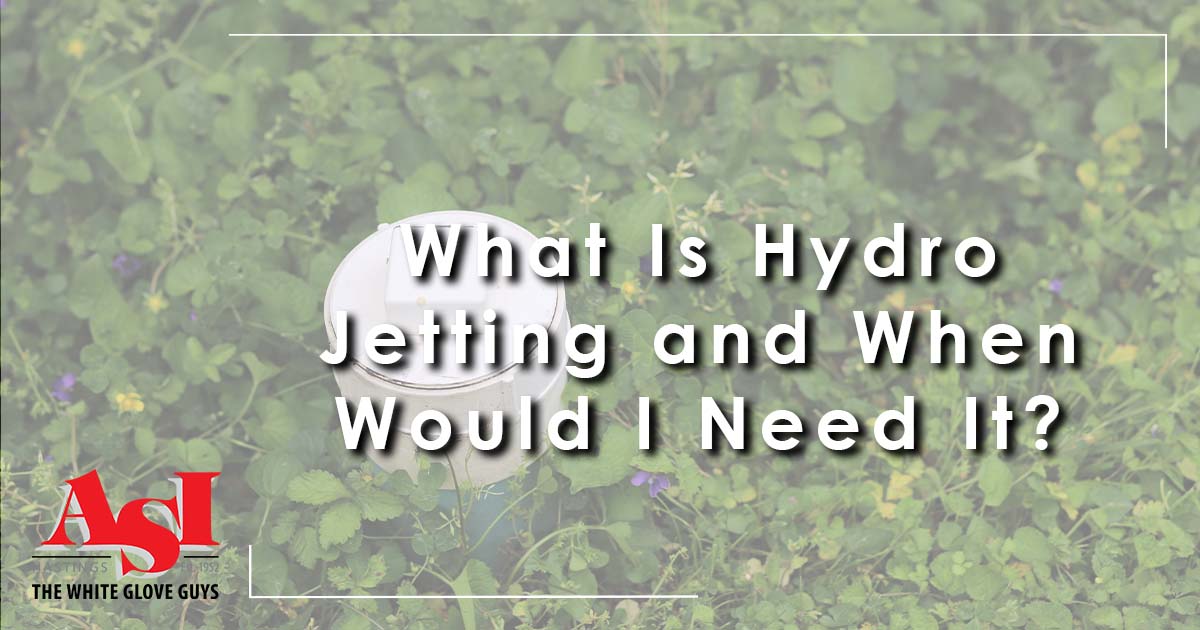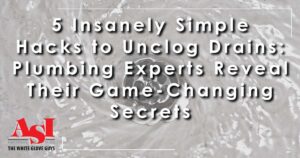Is hydro jetting right for your pipes? Find out more about hydro jetting and the signs that you need it.
What is Hydro Jetting?
Hydro jetting is a treatment for your pipes that uses a high-pressure water flow to reduce scale and buildup from the interior of your pipes. This is an effective way to remove food particles, hair, mineral scale, grease, and other buildup that can cause a clogged or slow drain.
How Does Hydro Jetting Work?
For hydro jetting, your plumber will inspect your pipes and determine the best spot to start the process from. They will insert a hose and pump the water into your pipes, which will break up the buildup on the interior and send it into your sewer system.
Keep in mind that hydro jetting is more involved than just putting a hose into your pipes to clear them. You can’t perform this task yourself, or you may end up damaging your plumbing system and paying for a much larger problem. If you think you need hydro jetting, contact a professional plumber!
Is Hydro Jetting Different from Snaking?
Snaking is a common treatment for clogs that are close to the opening to your drain and haven’t made it past the P-trap. This involves a tool with a cable and electric motor with blades on the end, which push and pull to remove the clog.
Unfortunately, snaking isn’t an option if the clog is deep in your pipes or the slow drain is caused by buildup. Hydro jetting blasts the debris off the inside of the pipes and flushes it down, taking any clogs with it.
Is Hydro Jetting Safe?
Hydro jetting is a safe and effective way to clear plumbing blockages, especially if they’re deep in the pipes. It uses high-pressure water instead of metal tools, so it’s less likely to do damage to your pipes.
When Would I Need Hydro Jetting?
Wondering if you need hydro jetting? Here are some signs:
Frequent Backups (Even After Snaking)
Clogs are one of the most common problems homeowners encounter. We put a lot of things into pipes that we shouldn’t, including food debris, tissues, and hair. These can quickly lead to a clog or buildup with a slow drain.
Sewage Smell or Backup
If you have a sewer smell or strong odors coming from your pipes, something is wrong. It could be simple like an empty P-trap, which is designed to prevent sewer gas from coming back into your home, or something more serious. You may see telltale signs like moisture, water spots, and dampness near your sink or in your basement.
Slow Drains
For many homeowners, a slow drain isn’t something that needs to be fixed immediately. Most homeowners rely on drain cleaners, which are corrosive to pipes and can cause damage with frequent use.
Fixtures Backing Up into Other Drains
If you see water back up into the bathtub or shower drain when you flush the toilet, you could have a blockage in the sewer line. You may also have a clog in the shared drain pipe that connects both drains.
Are you worried about a constant clog or a slow drain? Contact the pros at ASI, the White Glove Guys to schedule your appointment!







